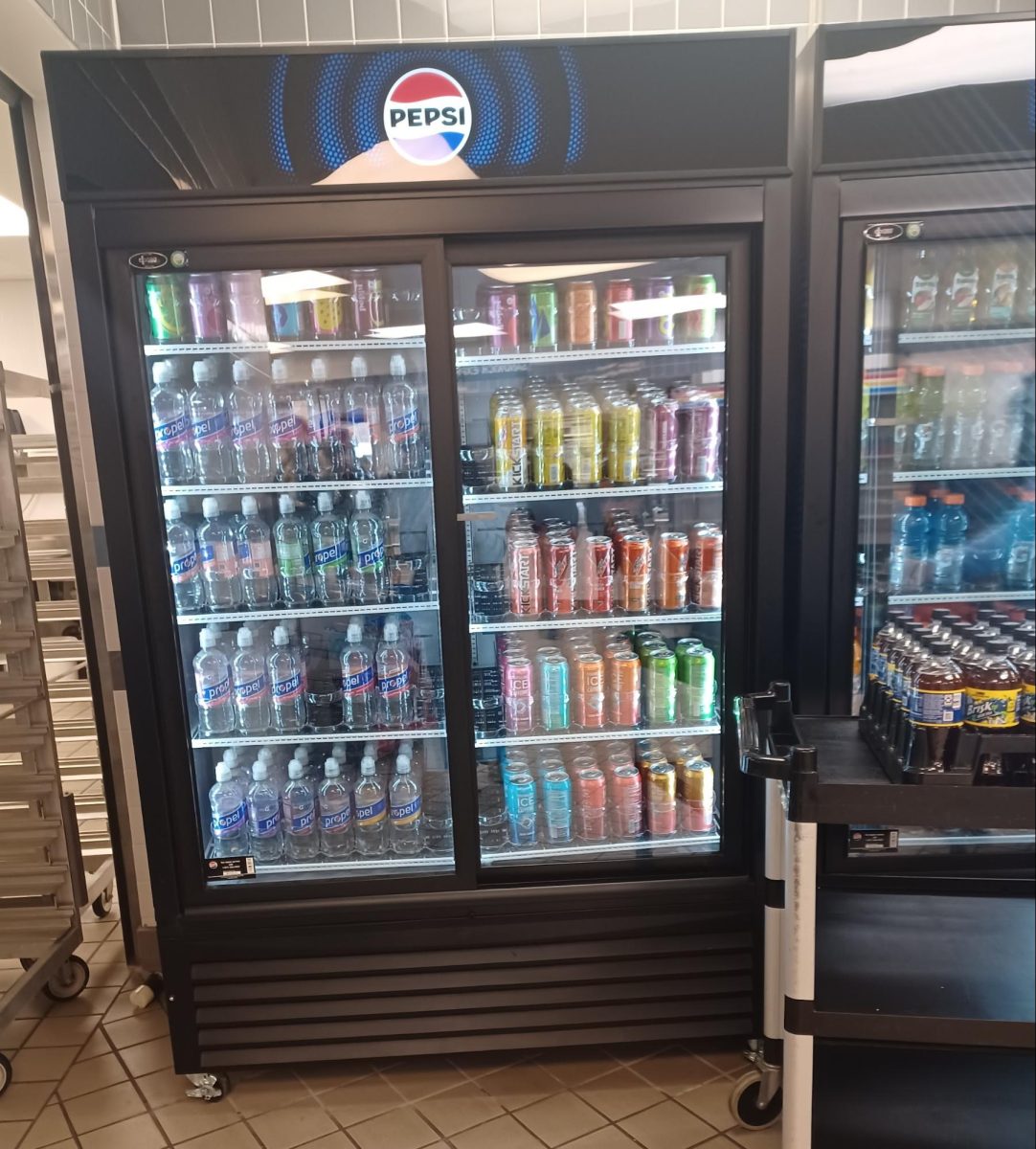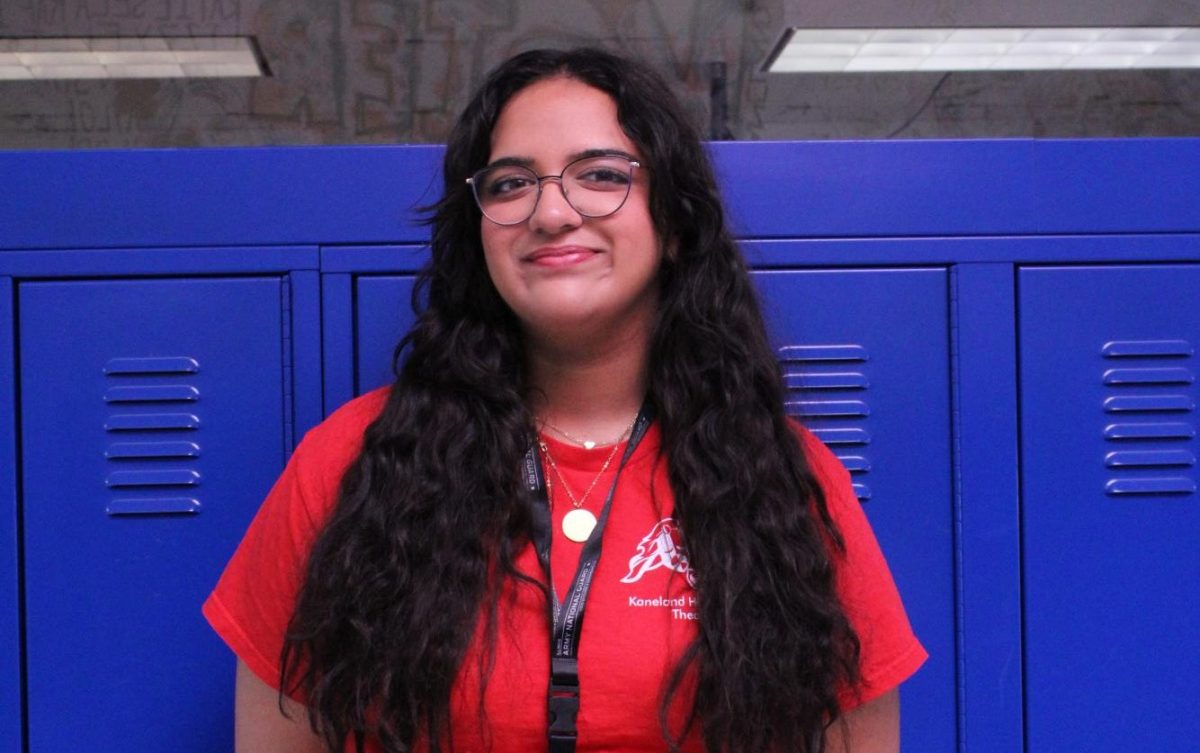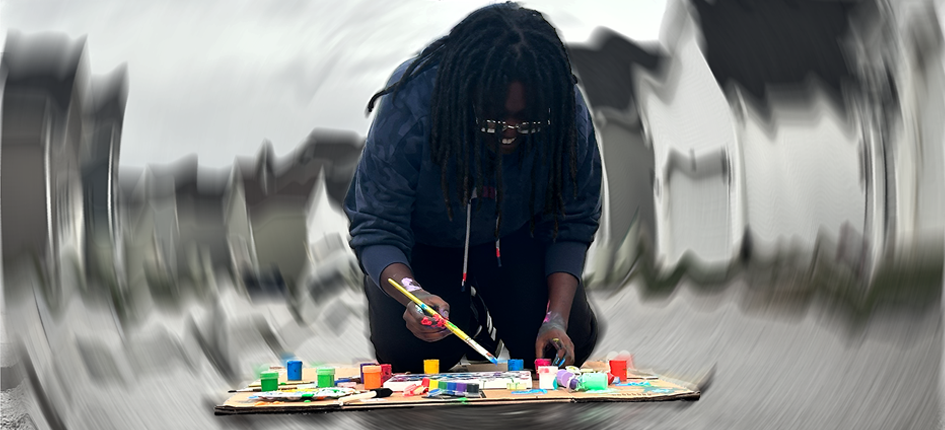There was a time when pep rallies and assemblies would roar with the voices of students. The audience for games and performances would be full of people cheering with school spirit. Today, the same events often come with silence and vacant seats. Clubs and organizations generally lack student involvement, and enthusiasm has been replaced with nonchalance.
What exactly inspired this trend of apathy? A number of things could have contributed to this, including things like shifting social standards, fear of judgement, increased academic pressure or even evolving school culture.
One of the more prevalent causes of apathy are social standards and the stigmas they create. In high school, these standards can separate students into certain groups, and showing enthusiasm can be looked down upon by individuals based on what they think is acceptable.
John Thill, a junior who has participated in theater, choir, band and athletics, has experienced this stigma firsthand and noticed that support heavily depends on whom you’re surrounded by.
“People who are a part of the same things as me are more supportive and accepting, but kids who aren’t kind of see it as a nerdier or weirder thing,” Thill said. “When people on my athletic team see that I am involved with performing groups, they don’t really expect it.”
This sort of stigma can prevent people from joining these groups, or if they do join, to not be as proud or enthusiastic about it because of the criticism they might face. In high school, students are highly susceptible to criticism and others’ judgment, so this can have a big impact on the number of people willing to step forward.
Instead of letting judgement or stigmas influence him, Thill believes that the benefits from involvement outweigh the risk of criticism and help students find good people to surround themselves with.
“You’re going to meet people who will judge you,” Thill said. “You’re also going to meet people who are going to inspire you and support you in those groups, though, so you might as well give it a shot anyway.”
Finding people similar to you to surround yourself with is only one of the many benefits of showing spirit and putting yourself out there in high school.
“I’ve definitely gained a lot of connections,” senior Brooklyn Brown said. “Especially with teachers and staff, knowing I can rely on them has really helped me. I’ve also gotten a lot of stuff for college, like a scholarship through the school from being involved in all of these groups.”
Brown is a part of many groups that Kaneland has to offer. She is the president of Key Club and Class Officers and a member of DECA, Student Council, National Honor Society, the dance team and the track team.
“I stay motivated in these groups by always looking at the end goal, and just seeing what I am working towards and how I’m going to achieve it,” Brown said.
Participation doesn’t always have to mean working towards an end goal, though. For students like Thill, the memories, friendships and skills are what make it worthwhile.
“I like the confidence these groups have brought me and the person they’ve helped me become,” Thill said. “Without them, I would still be in my shell and I wouldn’t have made all the lifelong friendships or developed the social skills that I did.”
The importance of involvement isn’t just recognized by students. Teachers also emphasize that expressing enthusiasm in school can have benefits on both academics and the overall high school experience.
“I think being involved is one of the most important things for students,” English teacher, yearbook adviser and assistant varsity girls basketball coach Michael Cimino said. “Certainly academics are the top priority, but to me, they mostly go hand in hand. If you get involved in things that you care about or have a passion for, it’ll encourage you to work harder in school and to enjoy your time in the building more.”
Cimino was the Student Council sponsor for three years and has been a part of several other things, like assemblies and chaperoning school dances. He bases his perspective on school involvement on his own high school years.
“I remember, in my school, my friends and I were very involved in the culture, and we liked being a part of that,” Cimino said. “It felt like a leadership opportunity for us, even as younger kids, to show our faces and be a part of things.”
Though it is still like this for some students today, the majority of the student body has not contributed as much to the school culture as students used to.
“I think pep rallies and assemblies are very important for building school culture,” Cimino said. “I would like to see a lot more of those, since we only have two for the whole year. I feel like having more would just get kids more acclimated to being with each other and celebrating the accomplishments of students in music, sports and clubs.”












